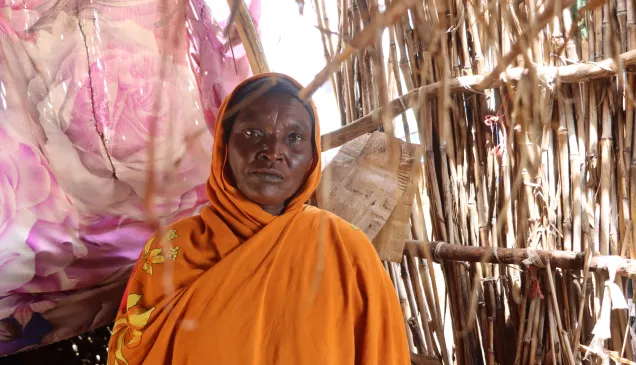DigitHarium Month #9: Digital Identities and Humanitarian Operations
Digital identities are sometimes praised as a way of “making the invisible visible”. In humanitarian work, this has often meant giving people a way to prove who they are, so that they can receive assistance. However, in an effort to ensure better outcomes, there is always the risk that more information will be collected than what is needed.
For the ninth (and final) DigitHarium month, we looked at how digital identities are being used in humanitarian and social programmes, what the advantages were, what risks they posed, and how we could use humanitarian and data protection principles to guide us through the issues.
For the ninth Digital Dilemmas Dialogue, we invited Omar Seghrouchni, chairman of Morocco's National Commission for the Protection of Personal Data (CNDP), to discuss how digital identities were being used in humanitarian settings. In particular, we focused on the different types of digital identities, their advantages and disadvantages, ways of making them safer, and what people were saying about them.
 |
|
Digital Dilemmas Dialogue #9 - Digital identities: Protecting people's data
08.12.2021 | Online recording available |
For the ninth Digital Dilemmas Debate, experts from civil society and the fields of humanitarian work and policy joined us to discuss how digital identities could be used in humanitarian operations. In particular, we focused on how this type of digital service was being used, what issues and risks it might create, and when it might or might not be appropriate for humanitarian organizations to use.
 |
|
Digital Dilemmas Debate #9: Navigating identities in a digital space
15.12.2021 | Online recording available |
Additional Resources
Chapter 12 of the Handbook on Data Protection in Humanitarian Action (EN, FR, ES)



